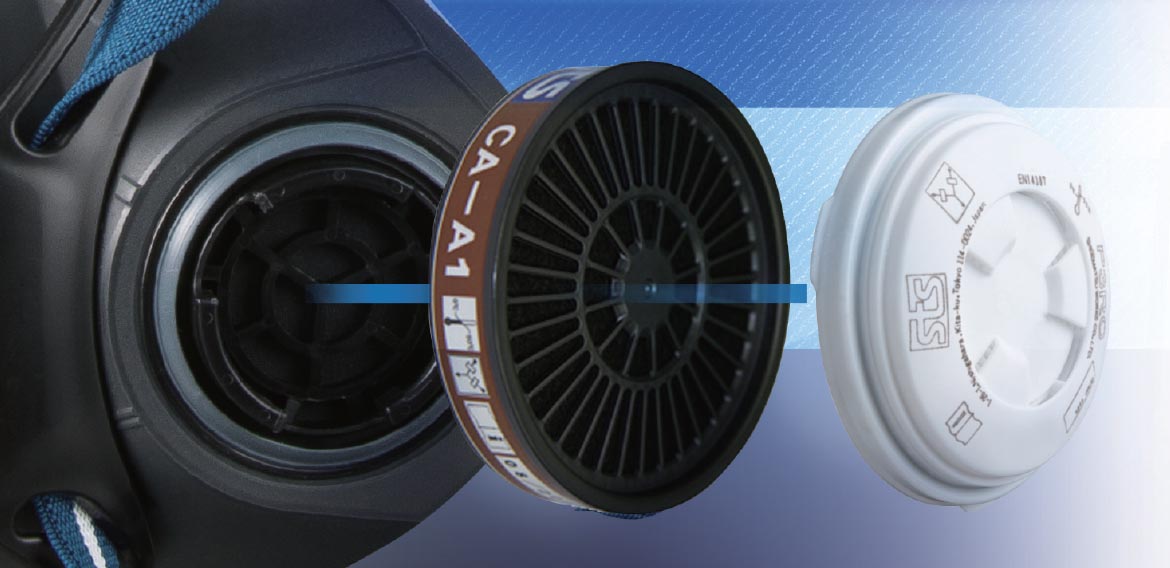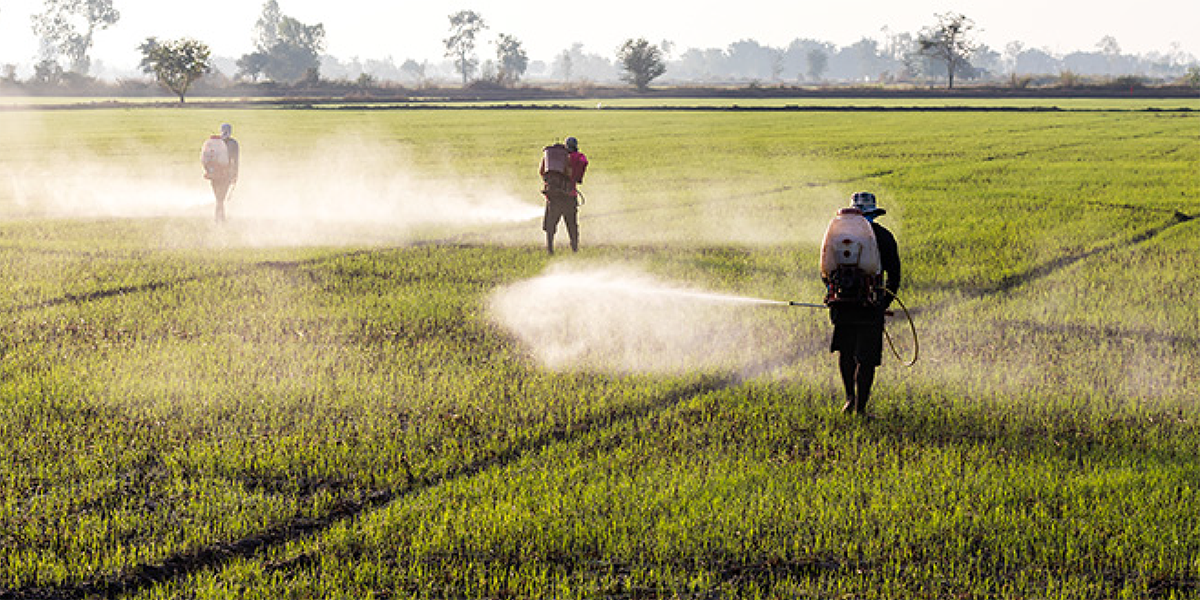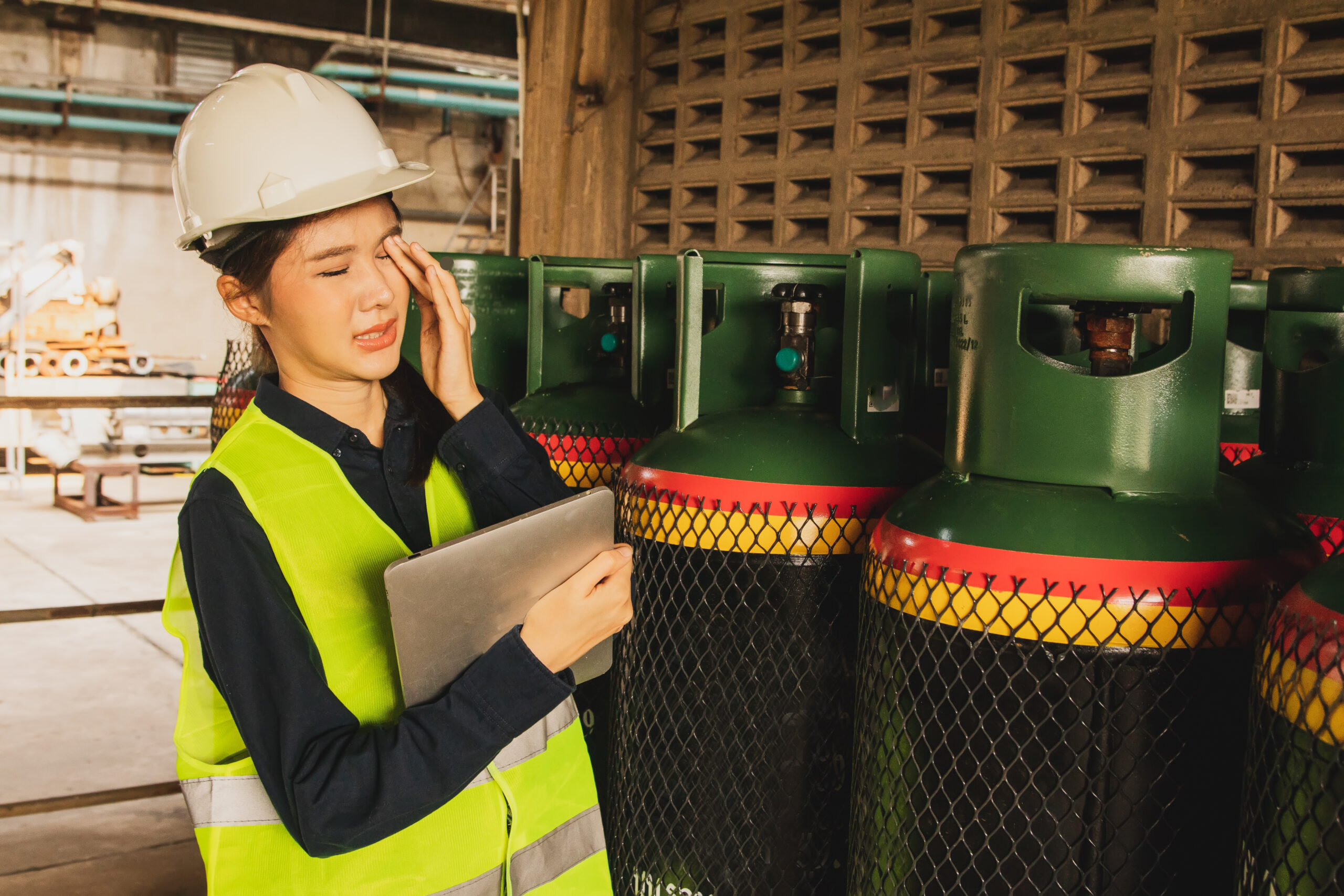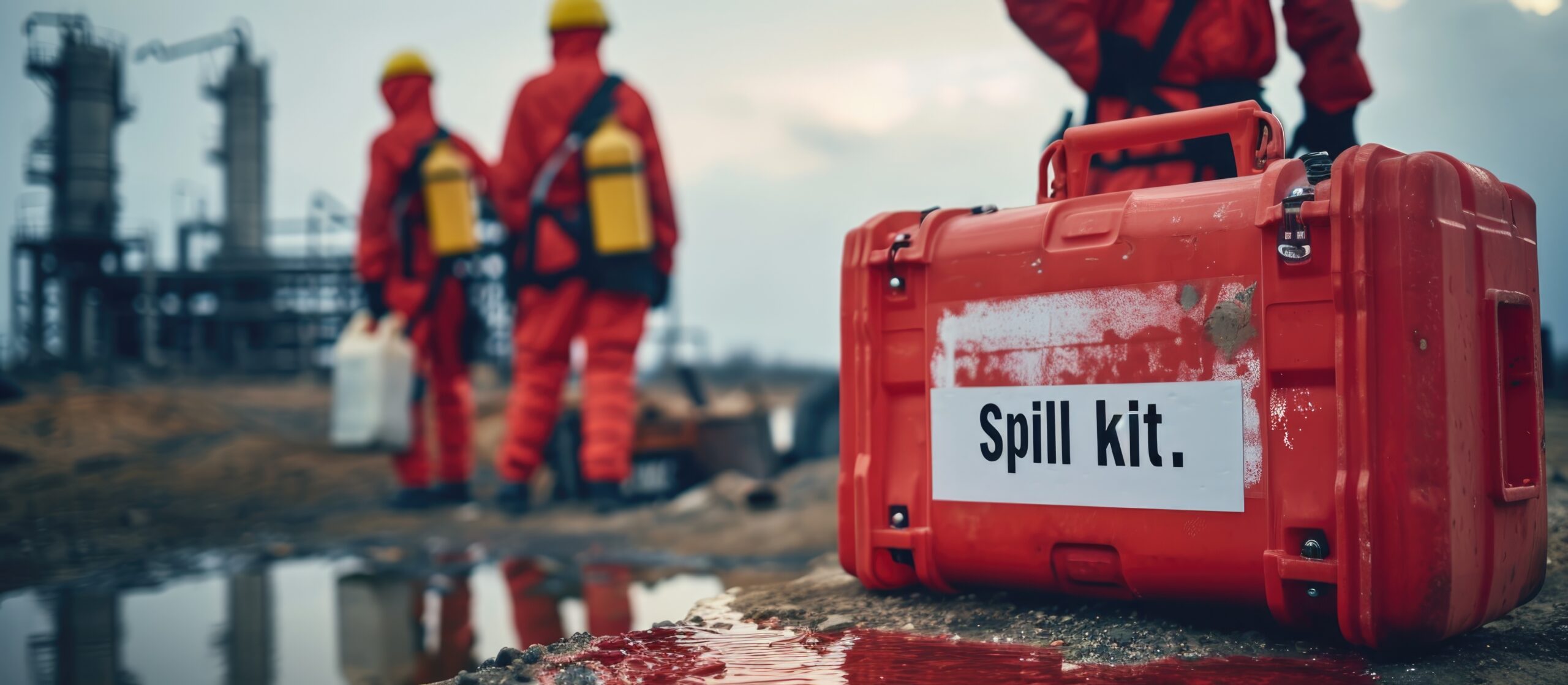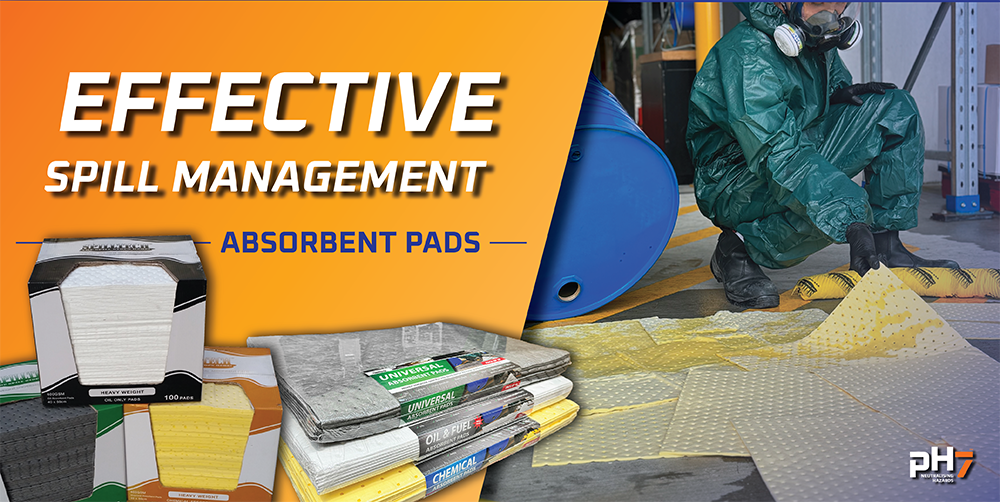Probably the most common question we get regarding our respirators is “how long will the respiratory filters last?”
This is often a difficult question to answer because the same filter will last different lengths of time depending on a range of factors including:
- Level of exertion by the wearer
- The class of filter
- The types of contaminates being filtered
- The level of contamination in the air
- The length of time a respirator is being worn
- The level of humidity
Because the service life of respiratory filters is affected by so many variables it’s often impossible to give an accurate assessment. Nevertheless, we are often asked, and this is what we generally tell people.
Shelf Life vs Service Life
Firstly, lets quickly clarify the difference between shelf life and service life.
Shigematsu filters when unopened have the following shelf life if stored correctly (dry environment out of direct sunlight and between 0° – 50°C):
- Particulate Filters (P2R, P2RC, P3R and P3RC) = 10 years from date of manufacture
- Gas Filters (CA-A1, CA-A2, CA-K1, CA-AX and CA-ABEK1) = 5 years from date of manufacture
Service Life of Particulate Filters
The breathing resistance of a particulate filter will progressively increase as it becomes clogged with trapped particles. Eventually the resistance becomes high enough for the wearer to notice and they find they are having to work harder to get air to flow into the respirator. This is usually the time to change the filters. How long this takes depends on the level of particulates in the atmosphere and how hard the wearer is breathing. Some filters may also clog up quicker in moist / humid environments or where oil mist is present. Shigematsu particulate filters are oil and water resistant so are unlikely to be affected by these factors.
It’s also important to note that in some high hazard environments, for example when working with friable asbestos, best practice is to change the filters after every shift to avoid cross contamination, even if the filters have a lot more life in them.
Service Life of Gas Filters
Gas filters for removing organic vapours, acid gases, and ammonia etc typically use activated carbon as the primary filter material. Once removed from their sealed packet, gas filters should be changed at least every six months even if they have only been used a couple of times. To prolong the life of gas filters it is recommended that when not in use they are kept in an airtight box or bag.
As with the particulate filters, the service life will vary greatly depending on a variety of factors such as the level of contamination in the air, the exertion of the wearer, temperature and humidity. Filters should be replaced on a regular basis and immediately if wearer smells or tastes gas. Generally, however smell is not a good way to determine when to change a filter as people’s ability to smell gases differs significantly, many gases have no smell, or the smell is not apparent until hazardous levels of the gas are present.
We strongly recommend that businesses that require their workers to wear a respirator to protect them for hazardous particulates and / or gases engage an occupational hygienist or a similar professional that can establish:
- The levels of contaminants present in the atmosphere
- The exposure time of workers over a day
- The level of activity required by the users
- Any additional information
From here they can work out a filter change schedule that is likely to provide a enough buffer to keep workers safe. Ongoing air quality and health monitoring will establish whether the change out schedule is sufficient to protect workers.
Here’s a couple of do’s and don’t to help manage your respiratory program:
| DO | DON'T |
| Ensure a respirator mask is properly fit tested. | Use the same filters for all jobs. |
| Make sure you have the correct filters for the job. | Keep using filters when you can smell or taste chemicals. |
| If a filter is failing faster than expected check the concentration in the atmosphere and that you have the correct filter type. | Bang filters to try and clear out contaminants. |
| Check filters for damage before use. | Try to back flush filters. |
| Create and enforce a change out schedule and record this. | Use gas filters that were opened more than 6 months ago. |
| Engage a professional occupational hygienist to help monitor worker health and establish a change out schedule. | Rely on smell or taste to know when to change a gas filter. |
For more information about your requirements and or to talk through how we can help, contact us on 0800 323223, enquiries@dilnz.co.nz or via the website.

